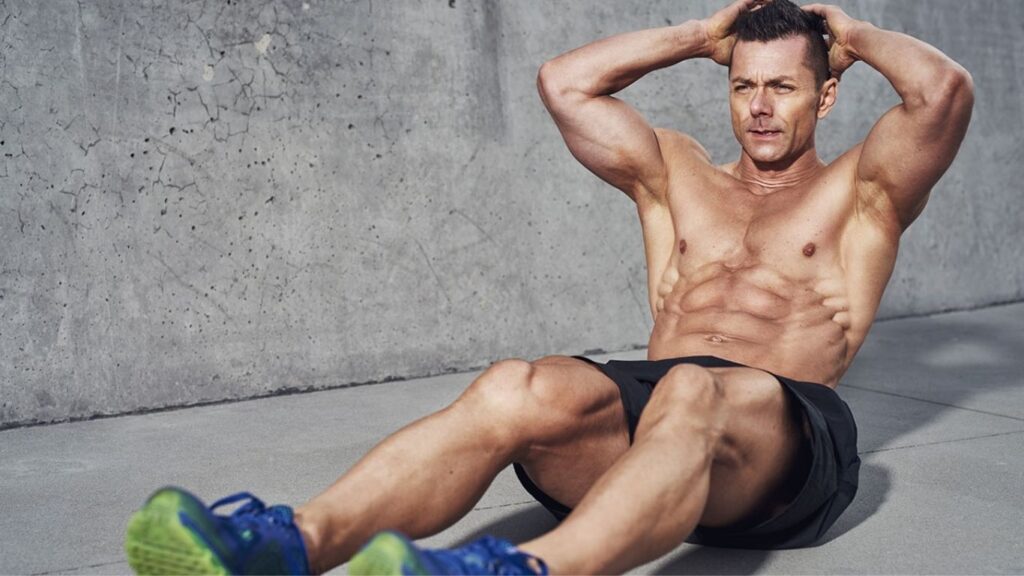Massage is often perceived as a luxury or relaxation technique, a treat reserved for spa days and vacations. Images of serene environments, soft music, and scented oils typically come to mind. People seek out massages to de-stress, alleviate tension, and indulge in a moment of tranquility. This perception is reinforced by the portrayal of massage in media and pop culture, where it is frequently associated with high-end spas and resorts. While relaxation is indeed a significant benefit of massage, this common perception tends to overshadow the numerous other health benefits that massage therapy can provide, such as pain relief, improved circulation, and even muscle toning.
While commonly celebrated for its relaxation and stress-relief benefits, massage also emerges as a potent tool for muscle toning and overall fitness. This holistic approach goes beyond mere indulgence, addressing the body’s intricate web of muscles and tissues to optimize their function. By enhancing blood flow, alleviating muscle tension, and promoting faster recovery post-exercise, massage paves the way for a more efficient and effective workout, subsequently contributing to better muscle tone and definition. As we delve deeper, we’ll uncover the science behind massage’s role in fitness, shattering the notion that its utility is confined to relaxation and pampering alone.
Understanding Muscle Toning
Muscle toning refers to the process of strengthening and defining muscles, resulting in a leaner, more sculpted appearance. Unlike bulking up, toning focuses on low resistance and high repetition exercises to enhance muscle endurance without significantly increasing muscle size. Muscle toning is crucial for overall health and wellness, as it contributes to improved metabolism, stronger bones, and enhanced functional fitness, thus reducing the risk of injuries and chronic diseases. A well-toned body also supports better posture and balance, boosting physical performance in daily activities and sports. Furthermore, muscle toning plays a vital role in weight management, as increased muscle mass helps burn more calories at rest.
Muscle tone is influenced by a combination of exercise, diet, and overall lifestyle. Regular strength training and cardiovascular exercises are fundamental in developing and maintaining muscle tone. A balanced diet rich in protein, healthy fats, and nutrients supports muscle repair and growth. Adequate hydration and proper rest are essential for optimal muscle function. Lifestyle factors such as stress management and avoiding harmful habits like smoking also play a significant role in achieving and sustaining muscle tone. All these elements work synergistically to create a well-toned and healthy physique.

The Science Behind Massage and Muscle Toning
When muscles are massaged, there is an increase in blood flow and circulation, delivering essential nutrients and oxygen to muscle tissues. This enhanced circulation supports muscle recovery and growth, which is crucial for toning.
Furthermore, massage helps to release tension in the muscles, allowing them to function more efficiently. When muscles are tense, they can become contracted and less able to perform the work necessary for toning and building strength. By releasing this tension, massage facilitates better muscle performance and function.
Moreover, massage stimulates the production of mitochondria, the powerhouse of cells, within muscle fibers. This increase in mitochondria boosts the muscle’s energy production, thereby enhancing its ability to contract and work effectively. This mitochondrial activity is essential for muscle tone, as it directly correlates with the muscle’s ability to perform sustained contractions necessary for toning exercises.
Another significant aspect of massage in muscle toning is its ability to reduce cortisol levels, the stress hormone, and increase serotonin, the neurotransmitter associated with well-being. Lower cortisol levels and higher serotonin can reduce muscle tension and contribute to a more favorable environment for muscle growth and toning.
Real-Life Stories and Testimonials
One notable testimony comes from Sarah, a 32-year-old avid runner who struggled with muscle tightness and slow recovery times. Incorporating regular deep tissue massages into her routine, she observed a remarkable improvement in muscle tone and a significant reduction in post-run soreness.
Similarly, Mike, a 45-year-old office worker with a sedentary lifestyle, started experiencing muscle atrophy and weakness. His journey with weekly Swedish massages not only provided relaxation but also notably enhanced his muscle tone, boosting his energy levels and overall vitality.
Anna, a professional ballet dancer, faced the constant challenge of maintaining optimal muscle tone while preventing injuries. Incorporating sports massages into her fitness regime played a pivotal role in achieving a lean, toned physique while simultaneously improving her flexibility and range of motion.
These testimonials underscore the diverse benefits of regular massage in not just relaxation, but also significantly contributing to improved muscle tone, faster recovery, and enhanced physical performance across various activities and lifestyles.

Incorporating Massage into Your Fitness Routine
Incorporating massage into your fitness routine can significantly enhance your performance, recovery, and overall well-being. The symbiotic relationship between exercise and massage is integral to achieving optimal results in your fitness journey.
When you engage in vigorous physical activities, such as weightlifting, running, or high-intensity interval training, your muscles are put under strain, leading to micro-tears and inflammation. This is a normal part of the muscle-building process, but it can also result in muscle soreness and fatigue. Here’s where massage comes into play.
Massage aids in alleviating muscle tension, improving blood flow, and reducing inflammation. It works to accelerate the healing process of the micro-tears, thereby facilitating quicker recovery. As a result, you’re able to return to your fitness routine with rejuvenated muscles, ready to tackle the next challenge.
Conclusion
Incorporating massage into your fitness routine can offer numerous benefits, including improved recovery, enhanced flexibility, and better performance. By making massage an integral part of your fitness regimen, you’ll be investing in your overall health and well-being, paving the way for a more effective and enjoyable fitness journey.
Also read: Foam Rolling and Stretching: The Ultimate Guide to Easing Muscle Sorenesshttps://fitgurulife.com/2023/10/21/foam-rolling-and-stretching-the-ultimate-guide-to-easing-muscle-soreness/
